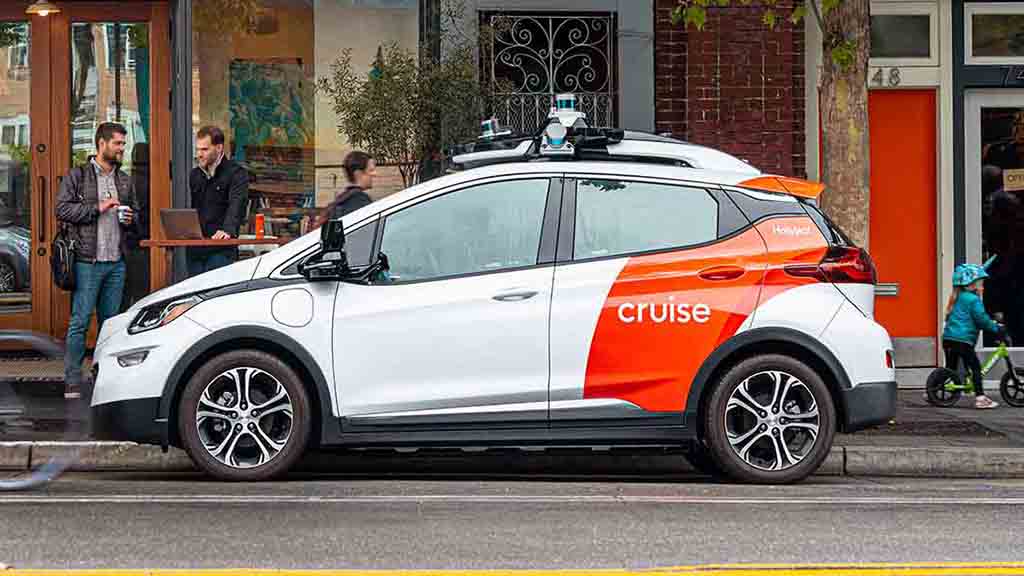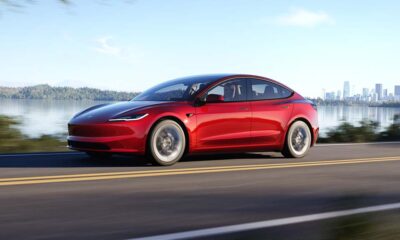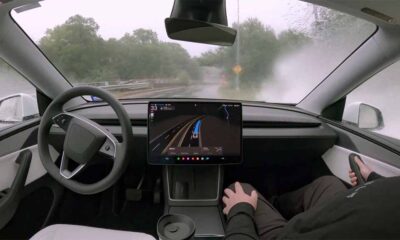General Motors
Cruise founder call GM ‘dummies’ after the company quits robotaxi project

General Motors (GM) has announced that it’s quitting the robotaxi by ending the funding allocation for its autonomous driving vehicle project – Cruise, leading to harsh criticism from the founder.
Instead of developing and working on separate autonomous vehicles, the company wants to focus on personal models with such capabilities.
“GM will no longer fund Cruise’s robotaxi development work given the considerable time and resources that would be needed to scale the business, along with an increasingly competitive robotaxi market,” wrote the company in a press release.
“In case it was unclear before, it is clear now: GM are a bunch of dummies.” reacted Kyle Vogt, founder of Cruise.
Cruise is a self-driving car company headquartered in San Francisco, founded by Vogt and Dan Kan. However, the past two years brought a massive problem for this majorly owned GM subsidiary.
In October 2023, Cruise robotaxi struck and dragged a pedestrian in SF. This led to a temporary shutdown, license suspension, and investigation into Cruise’s operational capacity. Cruise was fined $50,000 for providing false records to the National Highway Traffic Safety Administration (NHTSA).

Cruise Robotaxi, Image Source – Cruise
Throughout this year, the company kept reshuffling and reorganizing the company structure to find a good leader to run the autonomous business. However, that didn’t work either.
The automaker has confirmed that most of Cruise LLC will combine with GM’s technical team for joint work on autonomous driving technologies.
GM has more than 90% of Cruise’s ownership and has reached an agreement with the rest of the shareholders to take this to 97%. It will purchase the remaining shares to establish a new leadership. This restructuring could save up to $1 billion annually once completed somewhere in the first half of 2025.
GM said it will build new technologies based on Super Cruise, its hands-off, eye-on driving feature, which is currently available in more than 20 GM vehicles.
(source)










